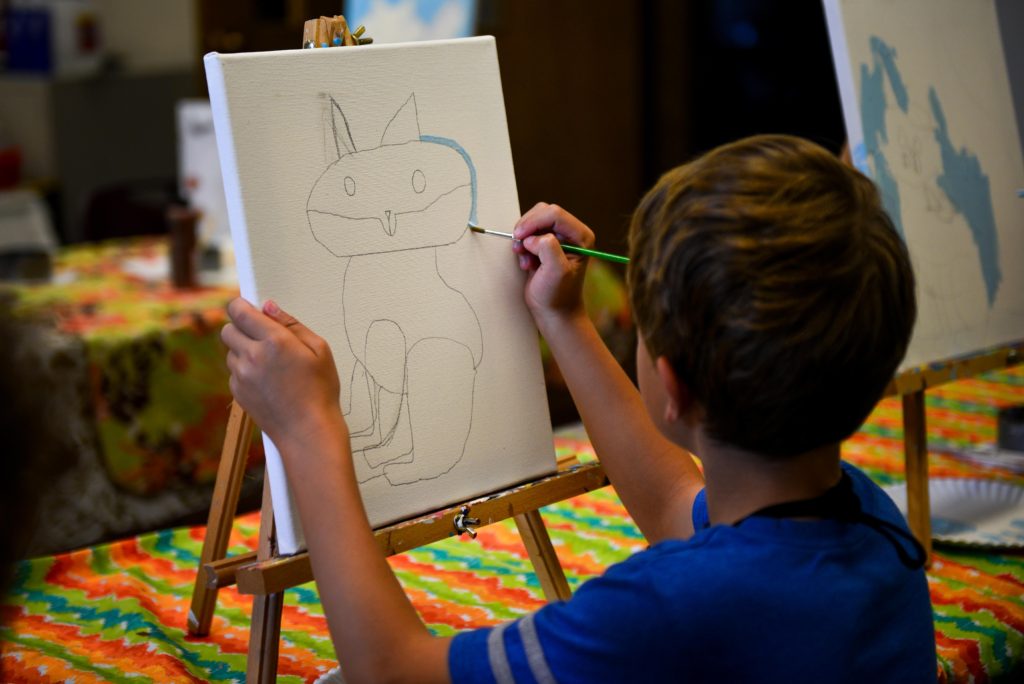
Children with ADHD and learning differences often struggle with intense emotions, poor social skills, and low self-esteem. It is natural for children to communicate through art and play, and art therapy provides them with a useful, nonverbal approach to face their social and psychological challenges.
Art therapy uses drawing, painting, and sculpting to improve well-being and confidence in kids. It is based on the premise that self-expression can be used to address emotional problems, develop interpersonal skills, manage behavior, reduce stress, and increase self-awareness.
Art therapists and art teachers often collaborate in working with ADHD children. An art teacher focuses on educating students about specific techniques. An art therapist encourages the creation of art as a way to reduce problems related to learning and emotional adjustment. Art therapy enables a child to explore personal problems through physical activity and sensory integration. The act of creative expression activates different parts of the brain. For example:
- Sweeping a brush across a canvas requires motor skills
- Drawing a picture from memory requires analytic and sequential operations, logic, and abstraction
- Working through the sequence of steps needed to complete an art task requires attention skills and working memory
The act of creating art also generates a relaxation response which can improve the mood of a child. On a physiologic level, creative activity increases brain levels of serotonin, the lack of which can lead to depression. Art making is stimulating for the brain, which is important for people with ADHD because stimulation increases the uptake of dopamine and helps them to stay focused.
Doing art at home with a parent can also calm and focus a child who has had a hard day at school, or finds it difficult to settle down.
Art Therapy: The Path to Inner Peace for ADHD


